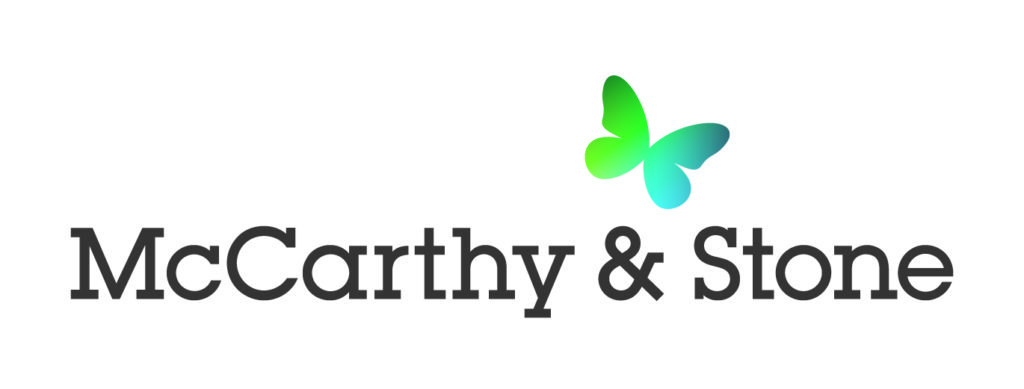
RETIREMENT housebuilder McCarthy & Stone is to wind down its Scottish operations over the next twelve months.
The news comes with the announcement of its half-year annual results for the period ended 28 February 2019, wherein McCarthy & Stone laid out plans for ‘rightsizing’ the business. This includes the gradual winding down of its Scottish operations over the next twelve months, and the closure of its South West region. The move has resulted in an annualised cash saving of circa £10 million, the housebuilder said.
McCarthy & Stone posted pre-tax profits of £3.1 million for H1 2019 – a 66% plunge on the previous year’s figure for the same period (£10.5 million), while operating profit was down 56% at £6 million (2018: £13.5 million).
Revenue increased to £281 million for the period (2018: £240 million).
John Tonkiss, chief executive officer at McCarthy & Stone commented, “During the first reporting period of our transformation strategy and against the background of continuing uncertainty and challenging market conditions, we delivered encouraging results.
“Our half-year revenue increased to £281 million (2018: £240 million), representing progress towards a rebalancing of our workflow and we brought 15 (2018: 16) high-quality developments to market. This revenue increase, together with margin improvement activity in line with our new strategy resulted in a 47% increase in underlying profit for the period.”
He continued, “We are making significant progress across our strategic objectives, which focus on optimising our operations to deliver strong financial performance and increasing our return on capital employed, margins and cash generation over the next three years.
“We are mindful of the economic and political uncertainty that all businesses are currently facing but are confident that our FY19 expected volume out-turn remains in line with the board’s expectations with increased use of discounts and incentives, particularly part-exchange, now expected to continue into H2 to counteract more challenging secondary market conditions.”








